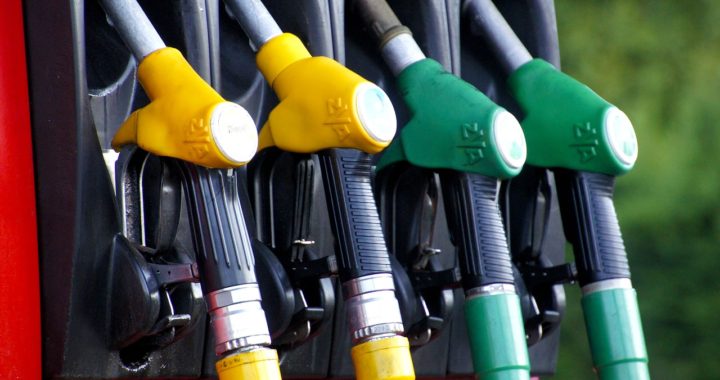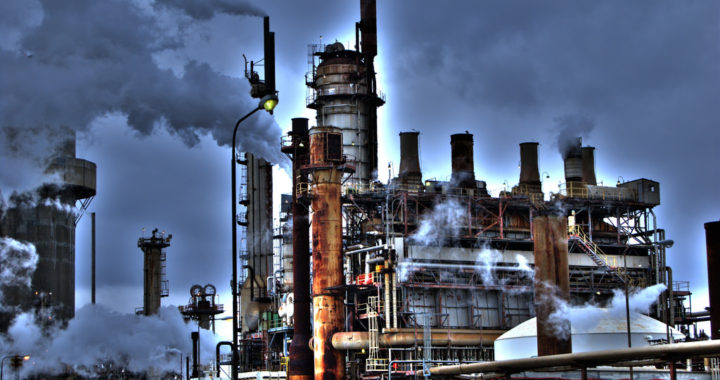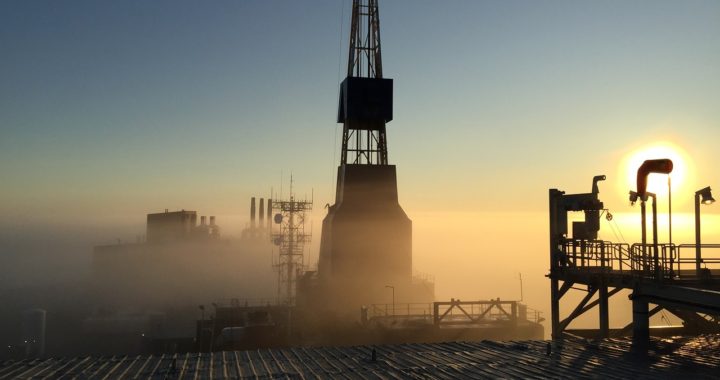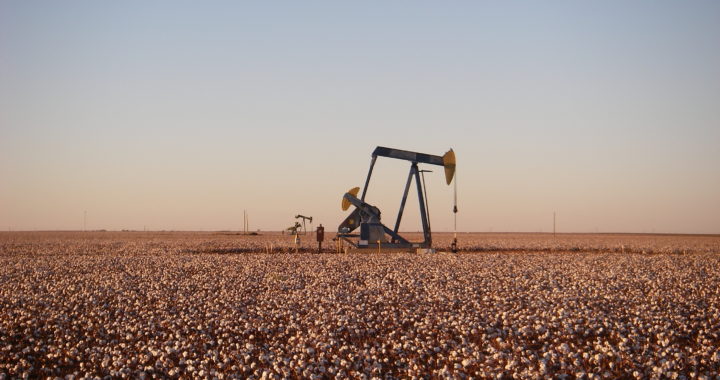In the space of a week, Hurricane Harvey has flooded miles of real estate, displaced thousands of Texans, and shut down more than ten percent of the United States’ ability to refine and extract oil and gas. Even if you’re not being bombarded with wind and rain, the impact of Hurricane Harvey will still be felt for some time to come. In fact, the price of a gallon of gas has climbed 18 cents since Hurricane Harvey struck in late August.
That price hike is bad enough for the average driver, but a climbing gas price is just the catalyst for several more troublesome economic repercussions. Here’s what the experts are forecasting.





